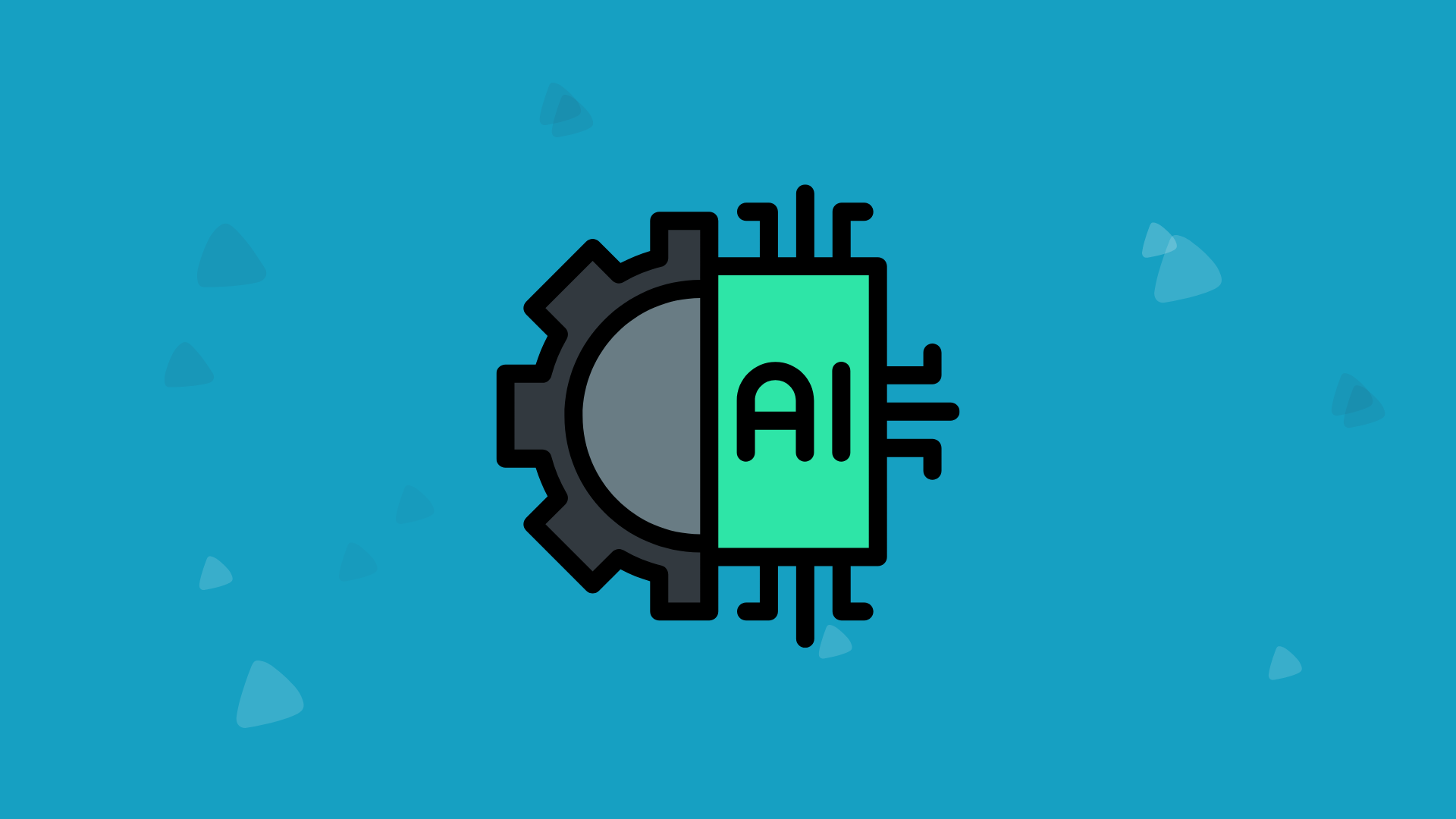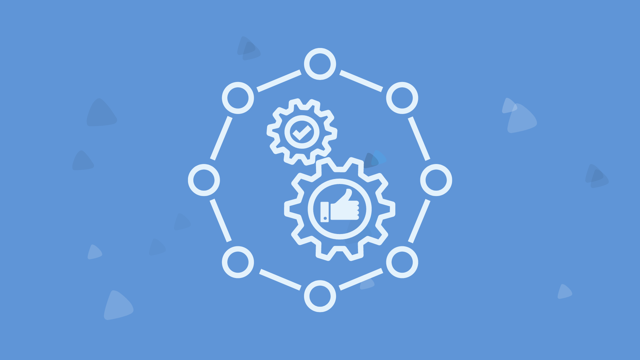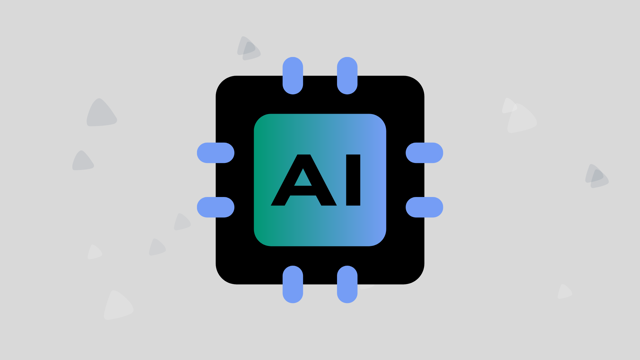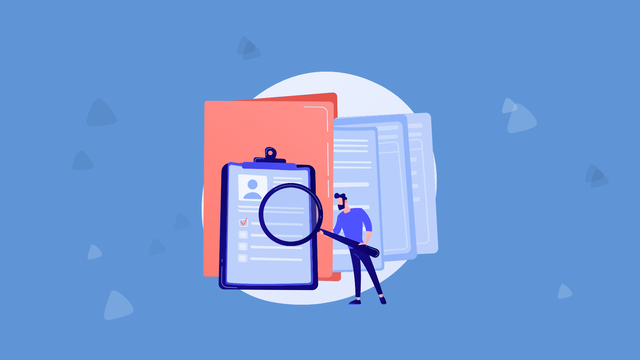Why is an AI-Automated Software Better Than OCR?
2024-06-26
Describes the advantages of an AI-automated software compared to OCR.
Why is an AI-Automated Software Better Than OCR?
The rise of Artificial Intelligence (AI) has revolutionized numerous industries, including the field of document processing. Traditional Optical Character Recognition (OCR) has long been the go-to technology for digitizing printed text, but AI-automated software offers a plethora of advantages that make it a superior choice for modern businesses. This article delves into the reasons why AI-automated software outshines OCR, particularly in the realm of accounts payable.
The Evolution of Document Processing Technologies
The Beginnings: Optical Character Recognition (OCR)
Optical Character Recognition (OCR) has been around since the early 20th century, evolving from basic character recognition to more advanced systems capable of handling diverse fonts and layouts. OCR technology works by scanning printed text and converting it into machine-encoded text. This allows businesses to digitize their paperwork, making it easier to store, search, and retrieve documents.
However, OCR technology has its limitations. It often struggles with accuracy, particularly when dealing with handwritten text, poor print quality, or complex document layouts. This can lead to errors in data extraction, requiring manual verification and correction. Despite its widespread use, OCR is not always the most efficient or reliable solution for document processing.
The Rise of AI-Automated Software
In contrast, AI-automated software leverages machine learning and natural language processing (NLP) to understand and interpret documents. Unlike OCR, which merely reads text, AI-automated systems comprehend context, making them far more accurate and versatile. These systems continuously learn and improve from the data they process, reducing the need for human intervention and enhancing overall efficiency.
Enhanced Accuracy and Efficiency
Precision in Data Extraction
One of the most significant advantages of AI-automated software over OCR is its precision in data extraction. While OCR can struggle with irregular fonts, varying formats, and low-quality images, AI-powered systems excel in these areas.
Handling Complex Document Layouts
AI-automated software can intelligently navigate and interpret complex document layouts. Whether it’s an invoice with multiple columns, a receipt with mixed content, or a handwritten note, AI systems can accurately extract relevant information without the need for manual correction. This is particularly beneficial for accounts payable departments, where accuracy in data extraction is crucial for maintaining financial records and processing payments.
Reducing Human Error
By automating the data extraction process, AI-automated software minimizes the risk of human error. Traditional OCR systems often require manual verification to ensure accuracy, which can be time-consuming and prone to mistakes. AI systems, on the other hand, continuously learn from the data they process, improving their accuracy over time and reducing the need for manual intervention.
Speed and Scalability
In addition to accuracy, AI-automated software offers significant improvements in speed and scalability. Traditional OCR systems can be slow and labor-intensive, especially when dealing with large volumes of documents. AI-powered systems, however, can process vast amounts of data quickly and efficiently, making them ideal for businesses with high document processing needs.
Real-Time Processing
AI-automated software can process documents in real-time, allowing businesses to access and use data almost instantly. This is particularly useful for accounts payable departments, where timely processing of invoices and payments is essential for maintaining cash flow and avoiding late fees.
Scalability for Growing Businesses
As businesses grow, so do their document processing needs. AI-automated software can easily scale to accommodate increasing volumes of data, without the need for additional resources or infrastructure. This makes it a cost-effective solution for businesses of all sizes.
Advanced Capabilities of AI-Automated Software
Intelligent Data Interpretation
One of the standout features of AI-automated software is its ability to intelligently interpret data. Unlike OCR, which merely converts text into a machine-readable format, AI systems understand the context and meaning of the text they process.
Natural Language Processing (NLP)
Natural Language Processing (NLP) enables AI-automated software to understand and interpret human language. This allows the system to accurately extract information from documents, even if the text is written in a complex or ambiguous manner. For example, an AI-powered system can understand that "Due Date" refers to the deadline for payment, even if the text is written in a different format or language.
Machine Learning
Machine learning allows AI-automated software to continuously improve its performance. The system learns from the data it processes, becoming more accurate and efficient over time. This is a significant advantage over traditional OCR systems, which do not have the ability to learn and adapt.
Enhanced Security and Compliance
Security and compliance are critical considerations for businesses, particularly in the field of accounts payable. AI-automated software offers advanced security features that help businesses protect sensitive information and comply with regulatory requirements.
Data Encryption
AI-automated software typically includes robust data encryption features, ensuring that sensitive information is protected both in transit and at rest. This helps businesses safeguard their data and maintain compliance with data protection regulations.
Audit Trails
Many AI-automated systems include audit trail features, allowing businesses to track and monitor all document processing activities. This is particularly important for accounts payable departments, where maintaining accurate records is essential for compliance and auditing purposes.
Cost-Effectiveness and ROI
Reducing Operational Costs
Implementing AI-automated software can significantly reduce operational costs for businesses. By automating document processing tasks, businesses can minimize the need for manual labor, reducing payroll expenses and freeing up staff to focus on higher-value activities.
Minimizing Errors and Corrections
Errors in data extraction and processing can be costly for businesses. AI-automated software reduces the risk of errors, minimizing the need for costly corrections and rework. This not only saves time and money but also improves overall efficiency and productivity.
Maximizing Return on Investment (ROI)
The enhanced accuracy, efficiency, and scalability of AI-automated software contribute to a higher return on investment (ROI) compared to traditional OCR systems. Businesses can process more documents in less time, reduce operational costs, and improve overall productivity, all of which contribute to a positive ROI.
Real-World Applications and Success Stories
Accounts Payable Automation
AI-automated software has proven to be a game-changer for accounts payable departments. By automating the processing of invoices, receipts, and other financial documents, businesses can streamline their accounts payable workflows, improve accuracy, and ensure timely payments.
Case Study: Reducing Processing Time by 50%
A leading multinational corporation implemented AI-automated software to streamline its accounts payable processes. By automating the extraction and validation of invoice data, the company reduced its processing time by 50%, improved accuracy, and minimized the risk of late payments. This not only improved cash flow but also enhanced vendor relationships.
Document Management in Healthcare
The healthcare industry generates vast amounts of paperwork, from patient records to insurance claims. AI-automated software can help healthcare providers manage these documents more efficiently, improving patient care and reducing administrative burdens.
Case Study: Improving Patient Data Accuracy
A large healthcare provider implemented AI-automated software to manage patient records and insurance claims. By automating the extraction and validation of patient data, the provider improved data accuracy, reduced administrative errors, and enhanced overall patient care. This also freed up staff to focus on more critical tasks, improving overall efficiency.
Frequently Asked Questions (FAQs)
Conclusion
In the ever-evolving world of document processing, AI-automated software stands out as a superior solution compared to traditional OCR. Its enhanced accuracy, efficiency, advanced capabilities, and cost-effectiveness make it an invaluable tool for modern businesses. From accounts payable automation to healthcare document management, AI-automated software offers a range of benefits that can transform the way businesses handle their documents.
As technology continues to advance, AI-automated software will undoubtedly become even more powerful and versatile, further cementing its position as the go-to solution for document processing needs. Whether you're looking to improve accuracy, streamline workflows, or reduce operational costs, AI-automated software is the smart choice for your business.
Más artículos que podrían interesarte
Digitalización de facturas: Más allá del papel, hacia la eficiencia total - Dost
Digitalización de facturas: optimiza procesos, reduce errores y mejora la eficiencia total de tu empresa. Descubre cómo ir más allá del papel hacia la transformación digital.
2024-07-31 • Eric Alcantud | Marketing @ Dost AI
Subvencionado por el CDTI
Soluciones
Iniciar sesión






